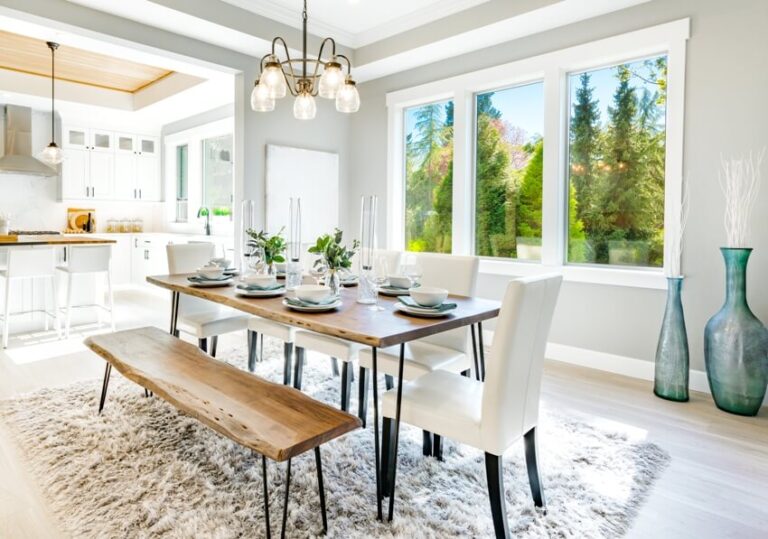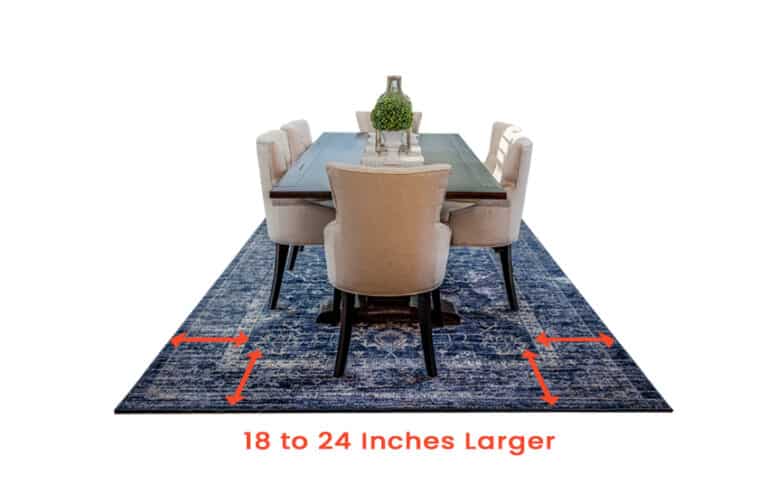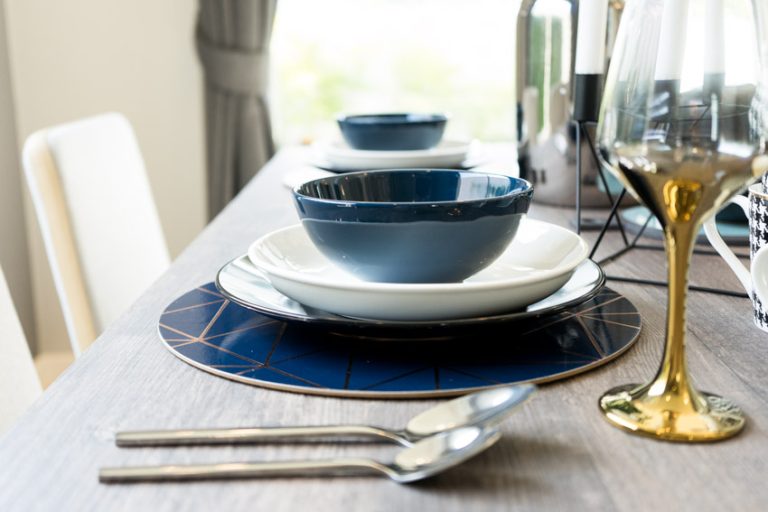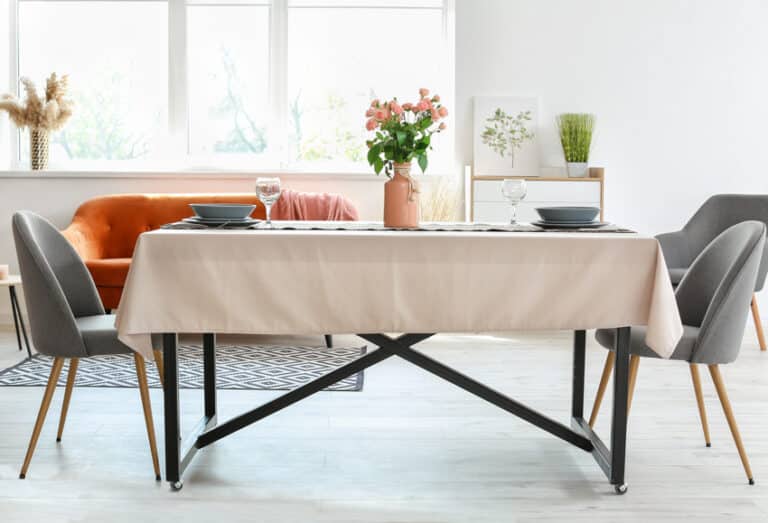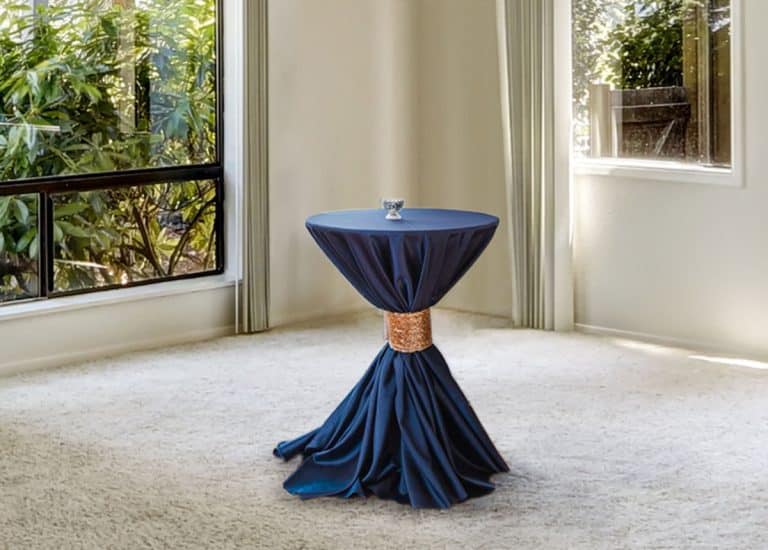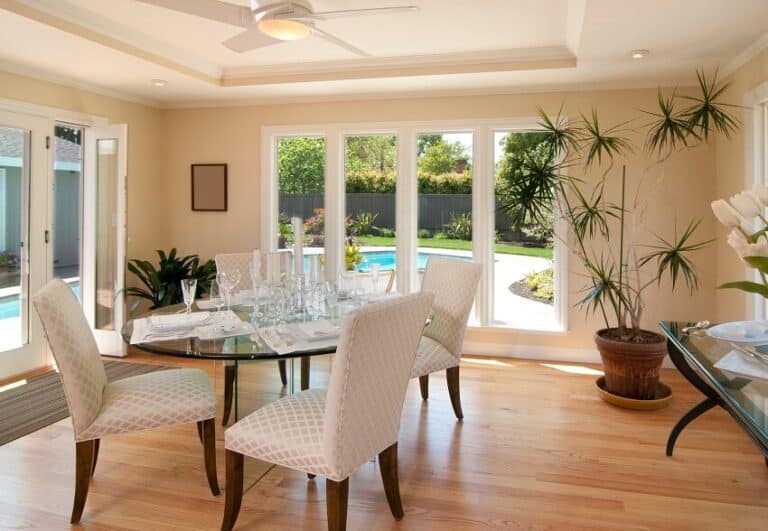Beautiful Dining Rooms with French Doors
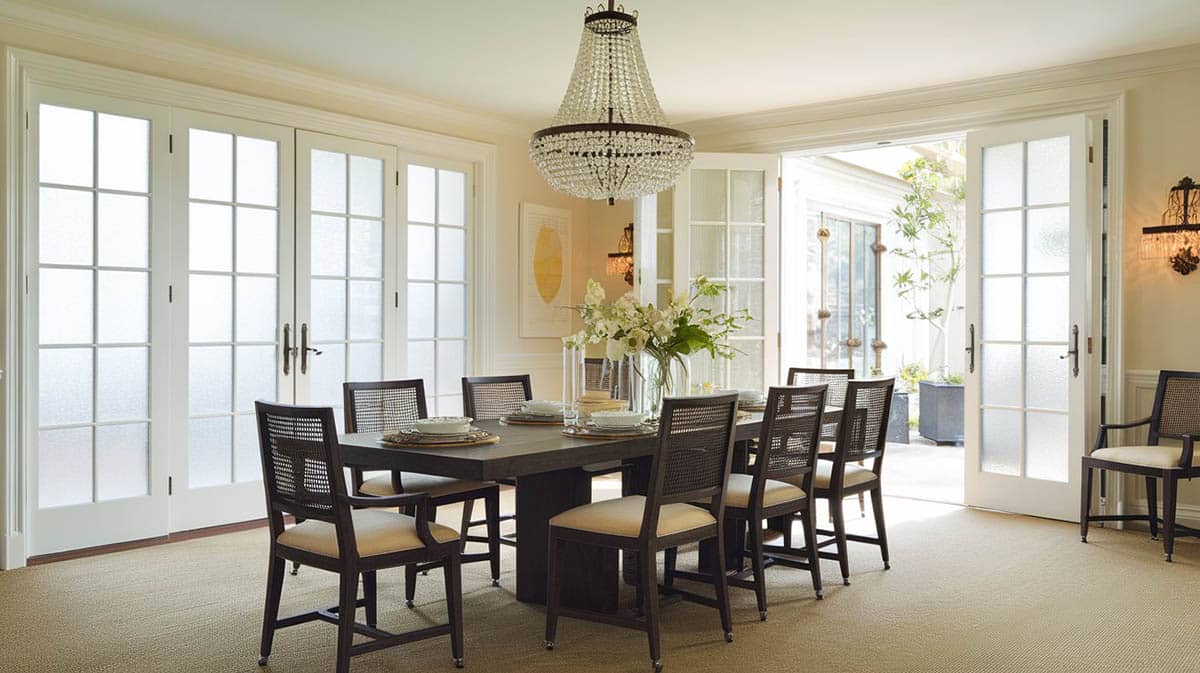
French doors are a Western architectural design element considered a “classic.” Its rustic, old-world charm continues to captivate people and add a little more personality to any style of home. The seemingly simple silhouette of dining rooms with French doors might be a classic, but its claim to fame is well-deserved as it is very versatile and can match any design style with the right modifications. Variations of French doors have been used in more contemporary architectural designs and have always successfully added a nice touch to any space. Nowadays, this style of doors is also applied in non-traditional ways, such as room partitions, toilet partitions, shower enclosures, and more.
French doors come in a wide variety of materials and styles. Like modern doors, you can find one made out of wood, metal, PVC, or uPVC and choose from various glass types on the market. The advent of modern materials and engineering innovations paved the way for the development of more varieties and styles that were previously unimaginable. Although French doors were originally swing doors, you can now find sliding French-style doors, double-swing doors, and even bi-fold doors. No matter what material or color, French doors undeniably lend a timeless elegance and appeal to any space.
The elegant French provincial-inspired formal dining room in the picture above mixes many modern and classic elements to create its look. Classic furniture pieces and silhouettes combined with a couple of modern touches, such as the blown glass vase and the chandelier, create a very elegant and romantic setting. Large white French doors allow natural light into the room and add more personality to the space.
Benefits of French Doors in the Dining Room
- They let in an abundance of natural light through their glass panel design
- They create a room definition for your floor plan with a clear entrance and exit
- They have the illusion of additional space with unobstructed views through the glass into the next room
- They can provide soundproofing, which is desirable for separating an open-concept floor plan
- They add value to the home
- They look beautiful and elegant
Designer Tips for Maximizing French Doors in a Dining Space
Prioritize proportion and alignment. Match the door’s mullion pattern to other nearby windows so horizontal and vertical lines line up perfectly. This subtle detail keeps the eye moving smoothly around the room and prevents distracting breaks in the glazing grid. If the dining area has transom windows, extend the top rail of the doors to the same height so the architecture feels planned rather than piecemeal.
Mind the swing and traffic flow. For hinged pairs, be sure the active leaf opens toward the wall with the least foot traffic, leaving a clear path from the kitchen to the table. In smaller dining rooms, consider an outswing configuration or opt for space‑saving alternatives such as French‑style sliders or bi‑folds so chair placement isn’t restricted by door arcs.
Create an indoor–outdoor dining narrative. When the doors lead to a patio or deck, run the same flooring finish (or a visually similar outdoor tile) beyond the threshold so the spaces read as one expansive entertaining zone. A flush‑set sill or low‑profile track makes it seamless to move platters back and forth and eliminates trip hazards for guests.
Upgrade the glazing for comfort and efficiency. Specify insulated Low‑E double glass to minimize heat gain and protect upholstery from UV fading. If privacy is occasionally needed—say, during an intimate dinner—integrated blinds between the panes or motorized solar shades tucked into a ceiling pocket let you modulate light without adding bulky drapery.
Use hardware as the jewelry of the room. When I’m decorating these doors I like to use oversize cremone bolts in aged brass, matte‑black lever handles, or crystal knobs. This gives a delightful look that can echo the finish of the room’s chandelier or cabinet pulls. This helps tie the dining scheme together. For more contemporary spaces, I like to use slim stainless multipoint hardware that keeps sightlines clean while delivering a secure seal.
Echo the door color in accent pieces. Painting the sash a contrasting hue—midnight blue, charcoal, or a soft sage—can frame the garden view like artwork. Carry that color onto the seat cushions, a floral arrangement, or the rim of dinnerware to craft a cohesive palette.
Use layered window treatments. A ceiling‑mounted sheer curtain panel that stacks outside the door frame maintains full glass exposure when open, yet softens glare at mid‑day meals. For formal occasions, add side‑draw panels in a rich fabric or woven wood shades inside the jamb for texture without blocking the muntins.
Respect your historical details when renovating. If your home is older, try to replicate original muntin profiles and stick widths so the new doors don’t clash with period millwork around the space. True divided‑light configurations look more authentic than applied grills, especially in traditional or French provincial interiors.
Plan the lighting to complement the doors. Walls of glass can create nighttime reflections that make the room feel dark once the sun sets. Position sconces on either side of the doors or install floor‑wash LEDs in the sill to turn the glazing into a softly glowing backdrop for evening dinners.
Consider screens and seasonal accessories. If the doors open out to a porch, you may want to consider magnetic or retractable screens that let you enjoy fresh air while keeping insects out during alfresco dining. In colder climates, a discreet storm panel system can boost insulation without hiding the elegant millwork.
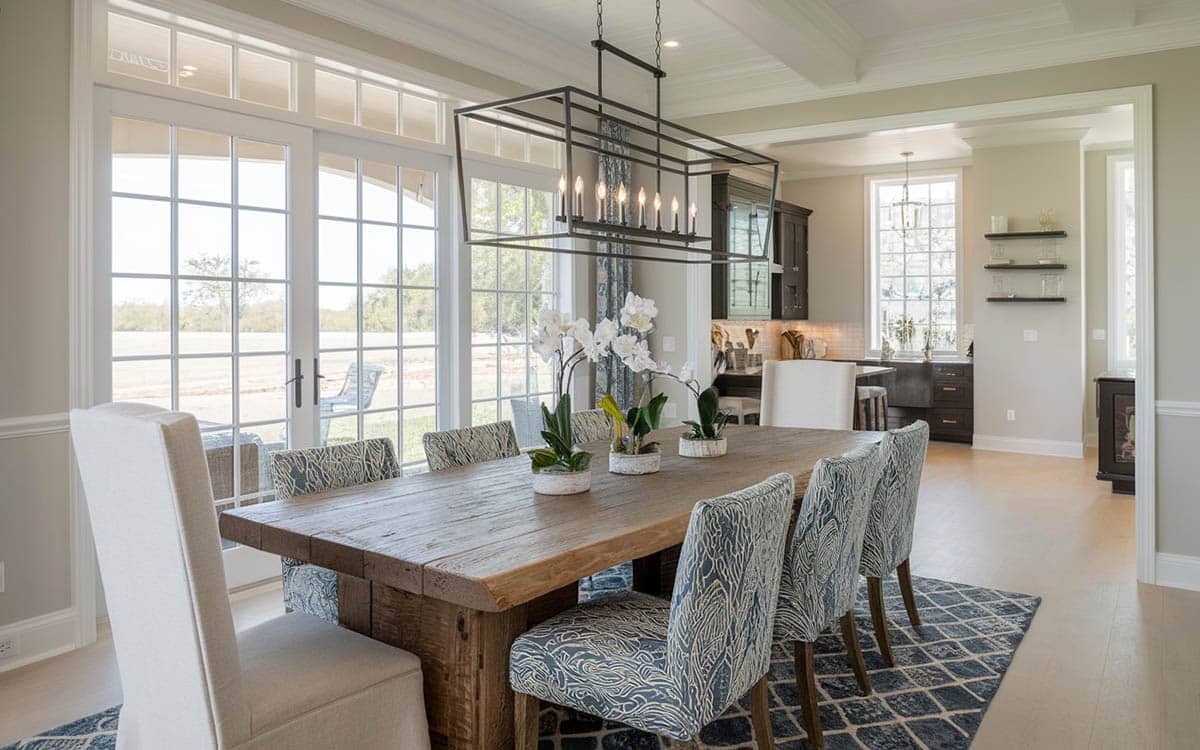
This room with French doors helps connect this rustic & contemporary space to the outdoor patio area. Because it is a sliding type door, you can open it up and connect the two spaces when you need more. Combining classic architectural elements and furniture silhouettes creates a beautiful medley with modern textiles and accessories. A light, greige dining room paint color brings in warm tones of brown combined with lighter tones of white and gray for a pleasing design.

